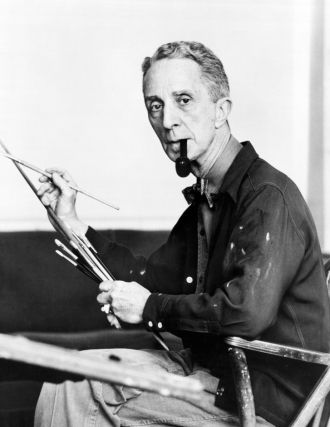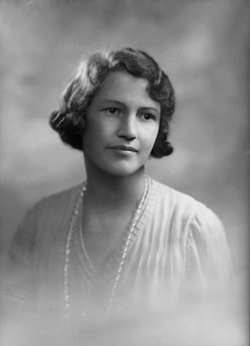Norman P Rockwell
A photo of Norman P Rockwell
Date & Place:
Not specified or unknown.


 Amanda S. Stevenson
Amanda S. Stevenson 



